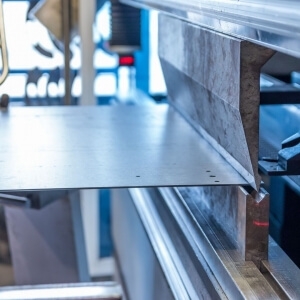
Manual workmanship, although excellent, is highly variable in the outcome as it depends on skill for precision and full understanding of the task's demands. However, computers, which follow a solid logic without any deviation, guarantee much more accurate results when it comes to machining, which forms the core tenet of precision machining.
Precision CNC Machining is the process of using computer-controlled machine tools to make extremely accurate metal parts. The process begins with a computer-designed 3D CAD (computer-aided design) model of the part. This is then fed into CAM (computer-aided manufacturing) software, which then generates manufacturing codes for a variety of machine tools. Eventually, the CAM software will generate the desired shape based on the design file and then send it to a computer-controlled machine that needs to perform the task.
While extremely precise, this method of manufacturing is also influenced by a couple of factors.
Tolerance is a set limit or margin of error that is allowed in the manufacturing process in order to produce exceptional precision. It is an essential part of the process because if the tolerance is too tight then, it will be hard to manufacture anything. Conversely, if the tolerance is too big, then the machined part will be inaccurate in its measurements.
When a deviation is specified for only one side of the nominal value, then it is known as unilateral tolerance. For example, if a shaft is supposed to fit in a hole of 20mm, where 20mm is the nominal value, then the shaft will have tolerance in only the negative range, as it can’t be larger than the hole.
In this case, nominal tolerances are expressed in ranges rather than side-based dimensions.
When a deviation is allowed on both sides of the nominal value, then it is defined as bilateral tolerance. For example, if the nominal value is 20mm and its tolerance is 0.05mm, then its bilateral tolerance will be defined as +/- 0.05mm
CNC machines with more axes are better choices for fabricators because they allow for more flexibility in the work that can be done with them. The number of axes can be increased up to six, with each axis moving in a different direction. This allows the CNC machine to complete much more complex tasks than a single-axis machine.
Thus, by increasing the number of axes and specifying the tolerance, even the most complex parts can be manufactured with ease using precision CNC machining.
You can always count on us at RWD Tool & Machine to provide you with the best fabrication services for all your projects. Contact us today to learn more about everything that we can do for you.